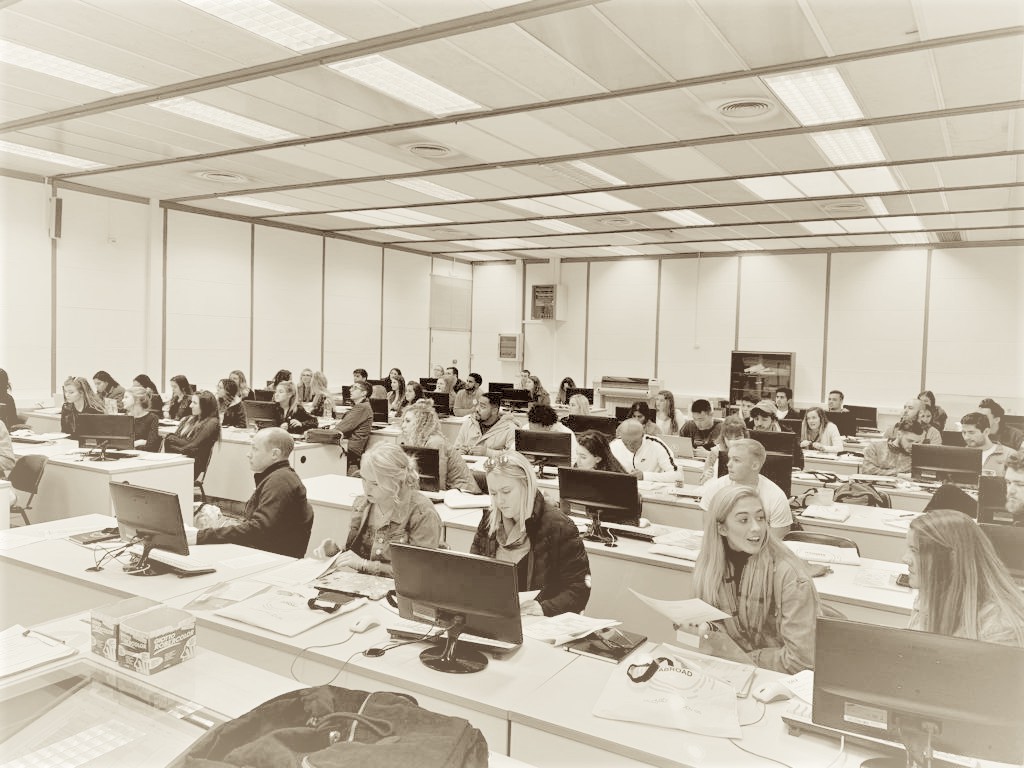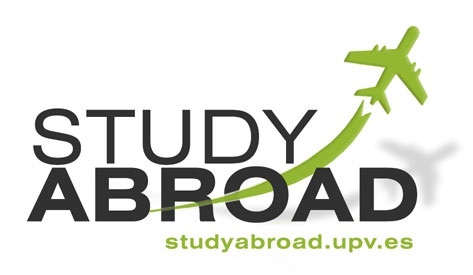
|
|

• Attendance
• Assessments
• Sexual Harassment Policy
• Students With Disabilities
• Academic Honesty Policy
• University Ombudsman
• Statement On Audio And Video Recording
• Syllabus Change Policy
Dynamics
3 Credits | 200 Level | 45 Contact hours
Dynamics: Analysis and Design of Systems in Motion, by Benson H. Tongue, 2nd Edition, Wiley.
Other:
- Johnston, E., Beer, F., Eisenberg, E., & Clausen, W. (2007). Vector Mechanics for Engineers: Statics and Dynamics. (available at the University UPV libraries)
- Serway, R., & Jewett, J. (2004). Physics for Scientists and Engineers.
Course materials: (downloadable from UPV poliformaT platform after enrollment)
A non-programmable scientific calculator is required.
Kinematics and kinetics of particles and rigid bodies in two and three dimensions; relative motion; work and energy; impulse and momentum.
The overall goal of this course is to learn how formulate and solve the equations of motion (i.e. the differential equations) that describe motion of a system of particles and/or rigid bodies. To do this you will use Newton’s laws and the principles of work-energy and impulse-momentum to solve a variety of problems involving both the kinematics and kinetics of a system of particles and/or rigid bodies.
Topic 1: Intro to Dynamics.
Topic 2: Coordinate Systems.
Topic 3: Motion of Translating Bodies.
Topic 4: Relative Motion.
Topic 5: Pulleys.
Topic 6: Cartesian and Polar Coordinates of Rigid Bodies.
Topic 7: Path Coordinates of Rigid Bodies.
Topic 8: Linear Momentum & Impulse.
Topic 9: Angular Momentum & Impulse.
Topic 10: Impact & Oblique Impact.
Topic 11: Kinetic Energy.
Topic 12: Potential Energy & Conservative Forces.
Topic 13: Power & Efficiency.
Topic 14: Force Balance & Linear Momentum of Multi-Particle Systems.
Topic 15: Angular Momentum of Multi-Particle Systems.
Topic 16: Work and Energy.
Topic 17: Mass Flow & Non-Constant Mass Flow.
Topic 18: Relative Velocities on Rigid Bodies.
Topic 19: Instantaneous Center of Rotation (ICR).
Topic 20: Rotating Reference Frames and Rigid Body Acceleration.
Topic 21: Relative Motion on a Rigid Body.
Topic 22: Curvilinear Translation.
Topic 23: Rotation about a Fixed Point.
Topic 24: General 2D Motion.
Topic 25: Linear and Angular Momentum of Rigid Bodies.
Topic 26: Work Energy of Rigid Bodies.
1. Recite Newton’s three laws of motion.
2. Convert a vector from one vector basis to another and use multiple reference frames to solve problems. Use rotating reference frames to solve problems.
3. Describe a particle’s motion in Cartesian, polar, and path coordinate systems.
4. Identify the number of degrees of freedom in a system.
5. Describe the kinematics of system of particles with both relative motion and constrained motion.
6. Identify the best approach to a given problem as force-acceleration, work-energy, or impulse-momentum.
7. Use the force-balance, impulse-momentum, and work-energy methods to solve systems with single-particle systems, multiple-particle systems, and rigid bodies.
8. Determine the velocity/acceleration of a point on a rigid body if given the velocity/ acceleration of a different point and the body’s rotational motion.
Individual homework assignments: 20%
In-class Assignments 15%
In-Class Quizzes 5%
Two Exams (equally weighted) 60%
|
